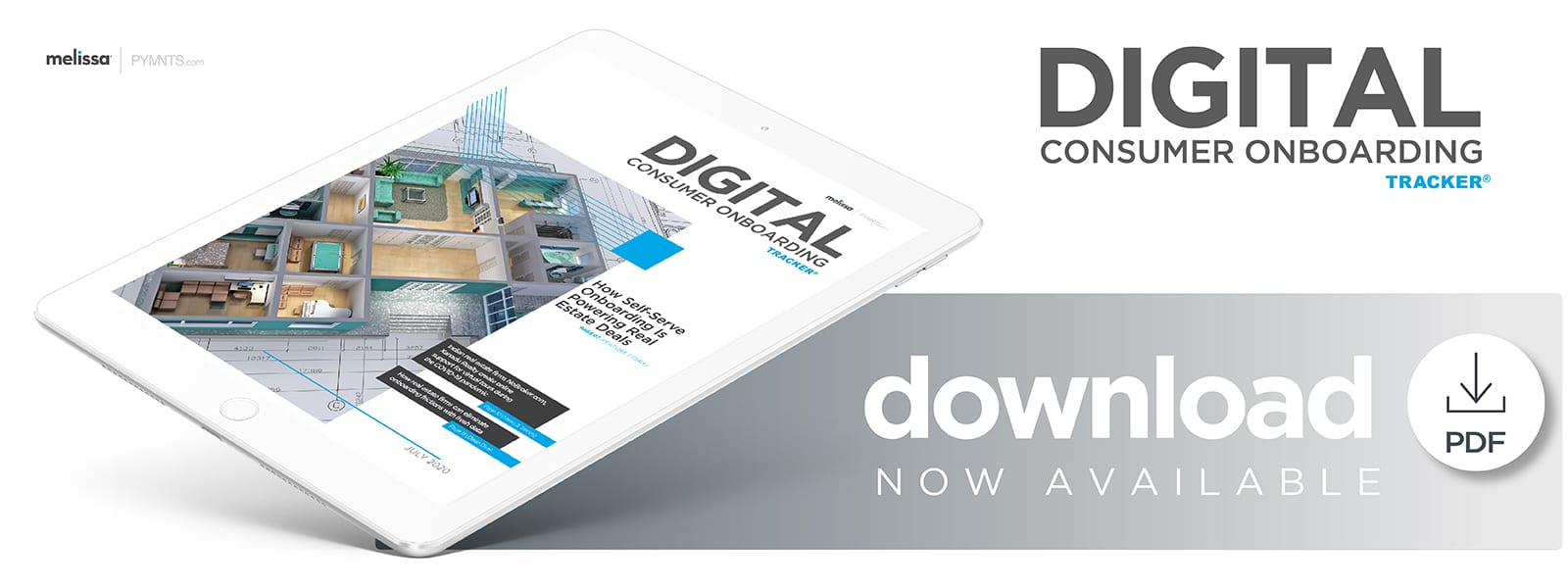Deep Dive: How Real Estate Firms Can Eliminate Onboarding Frictions With Fresh Data

The real estate industry faced severe economic damage at the beginning of the pandemic.
Potential homebuyers backed away because of rising costs, unemployment and health concerns, with April data showing that property sales in the U.S. declined 17.8 percent from March and 20 percent year over year. Consumers’ and commercial buyers’ interest in the sector have slowly risen since some markets worldwide have reopened brick-and-mortar locations and resumed normal business dealings. The initial hit to sales and the shift in how real estate firms interact with clients may have far-reaching effects on the space, however.
One major change concerns how potential customers want to initiate contact with real estate agents and conduct many of the first property-buying steps, such as uploading documents or participating in house tours. Many markets’ stay-at-home orders led consumers looking for new homes to rely on digital tools. Listings on property marketplace Zillow that offered virtual tours were saved 50 percent more often by users between March 1 and early April than those that did not, for example. Some markets that have partially reopened, such as New York City, have mandated certain changes to in-person meetings to minimize potential health risks.
Many customers have grown accustomed to virtual tours and online onboarding processes and may not wish to return to paper-based or manual methods. This Deep Dive examines how the pandemic has affected the real estate industry, including how potential customers onboard and interact with real estate firms and what these developments mean for the industry’s future.
The COVID-19 Virtual Accelerant
The real estate industry has been steadily shifting to digital for several years. One study showed that 44 percent of individuals in 2018 began their house-hunting journeys by looking up potential properties online before contacting real estate professionals. More consumers are turning to mobile devices to scope out dwellings, too, with 73 percent of individuals using their smartphones to do so during the same year.
Technology may have had a place in the real estate industry for some time, but its main purpose until now was in facilitating the consumer’s initial steps in the home buying process. The pandemic has brought about services that work to bridge the gap between customer-facing digital websites and the paper-based, traditional ways many firms use to begin sales or rental agreement processes.
The current crisis has essentially eliminated in-person open houses or face-to-face meetings between clients and real estate agents, resulting in the use of digital tools for these activities. Video technology-enabled and virtual home showings saw increased prevalence as stay-at-home orders were put in place. New York City-based online platform StreetEasy had more than 2,000 listings offering video tours on its website in early April, for example, with roughly half of these being added between March 15 and March 30. This shows that many potential clients sought out digital alternatives to help them accomplish their home buying goals in the absence of in-person options.
The pandemic has thus acted as a digital accelerant in the real estate world. This shift brings about the need for tools that can handle online onboarding and digital know your customer (KYC) as well as processes such as mortgage negotiations and payments, but integrating these complex solutions presents a few stumbling blocks for real estate firms. They must ensure the onboarding technologies they use are fast, easy to navigate and secure, meaning data accuracy and upgraded fraud protection tools should be top of mind.
KYC, Security In The Digital Onboarding Age
Real estate platforms have been steadily upgrading their technologies for years, but security and other concerns have tempered such developments. The growth of virtual showings amid the pandemic suggests that digital is becoming a top channel for real estate experiences, but a 2019 study found that 46 percent of real estate firms felt keeping pace with technological innovations would be their main challenge over the next two years.
Real estate firms need to address the challenges that have thus far prevented them from moving to fully digital onboarding and payment processes. They must keep pace with the latest identity verification methods and the space’s shifting regulations, including those aimed at staving off money launderers or other fraudsters. One report showed potential homebuyers lost approximately $150 million in real estate-related fraud schemes in 2018, for example, as more bad actors use online channels to mimic brokers, real estate professionals and lenders.
Companies investing in digital onboarding processes could bolster their fraud protection methods and KYC solutions by leveraging online platforms to handle and categorize data. They can achieve this by pulling from alternative data sources or caches — including geotagging and biometric solutions — to quickly and securely authenticate the information customers provide or to finalize contracts through the use of online notaries, for example.
Real estate firms’ fundamental shifts in their customer service approaches as well as the pandemic’s acceleration of digital solutions will ultimately force firms to reconsider how they treat data and what steps they must take to enable seamless and secure online onboarding.
